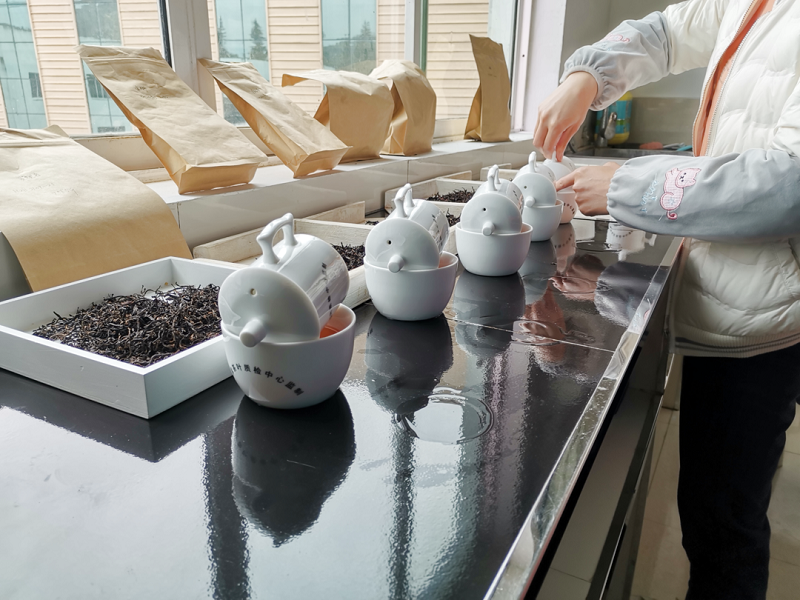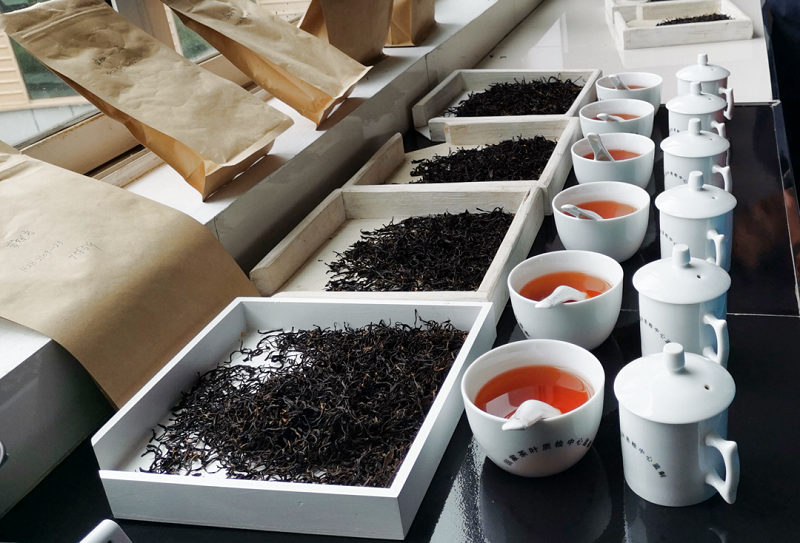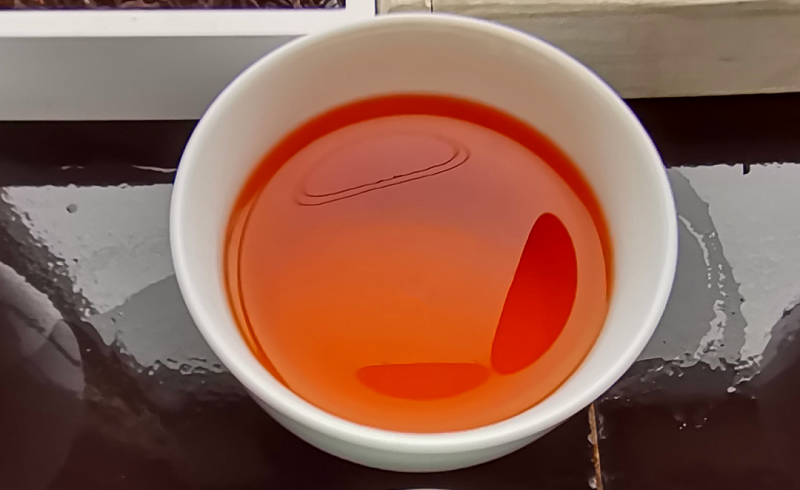After a series of processing, tea comes to the most critical stage – finished product evaluation. Only products that meet the standards through testing can enter the packaging process and ultimately be put into the market for sale.
So how is tea evaluation conducted?
Tea evaluators evaluate the tenderness, wholeness, color, purity, soup color, taste, and leaf base of tea through visual, tactile, olfactory, and gustatory senses. They subdivide each detail of the tea and describe and judge it one by one, in order to determine the grade of the tea.
Tea evaluation is crucial and requires strict control over environmental factors such as light, humidity, and air in the evaluation room. The specialized tools required for evaluating tea include: evaluation cup, evaluation bowl, spoon, leaf base, balance scale, tea tasting cup, and timer.
Step 1: Insert the disk
Dry tea evaluation process. Take about 300 grams of sample tea and place it on a sample tray. The tea evaluator grabs a handful of tea and feels the dryness of the tea by hand. Visually inspect the shape, tenderness, color, and fragmentation of the tea to identify its quality.
Step 2: Tea brewing
Arrange 6 evaluation bowls and cups, weigh 3 grams of tea and place them in the cup. Add boiling water, and after 3 minutes, drain the tea soup and pour it into the evaluation bowl.
Step 3: Observe the color of the soup
Timely observe the color, brightness, and clarity of the tea soup. Distinguish the freshness and tenderness of tea leaves. It is generally better to observe within 5 minutes.
Step 4: Smell the fragrance
Smell the aroma emitted by the brewed tea leaves. Smell the aroma three times: hot, warm, and cool. Including fragrance, intensity, persistence, etc.
Step 5: Taste and Taste
Evaluate the taste of tea soup, including its richness, richness, sweetness, and tea heat.
Step 6: Evaluate Leaves
The bottom of the leaves, also known as tea residue, is poured into the lid of a cup to observe its tenderness, color, and other characteristics. The evaluation at the bottom of the leaves can clearly reveal the raw materials of tea.
In tea evaluation, each step must be strictly carried out in accordance with the rules of tea evaluation procedures and recorded. The single stage of evaluation cannot reflect the quality of tea and requires comprehensive comparison to draw conclusions.
Post time: Mar-05-2024








